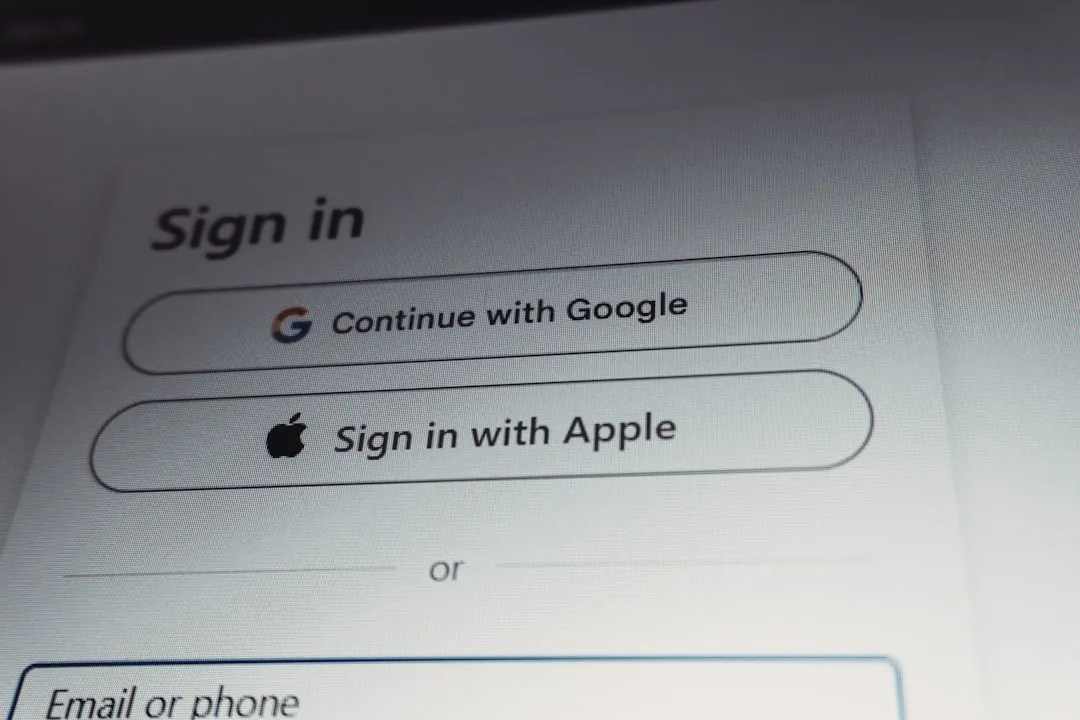When Alphabet released its Q3 2025 earnings, investors saw something new. The tech giant crossed the 100 billion dollar quarterly revenue mark for the first time in its history. The timing mattered, with markets watching whether massive artificial intelligence bets would actually pay. The stock popped 5% in after-hours trading following the announcement, according to CNBC, a quick vote of confidence in Google’s AI-driven playbook. Consolidated revenue reached 102.3 billion dollars, a 16% year-over-year increase, as reported by Alphabet. The results topped Wall Street expectations and signaled that Google’s AI-first shift is reinforcing its core.
The numbers that tell the story: Breaking down record performance
So what made the quarter pop? Revenue jumped 16% year over year to 102.3 billion dollars, according to TipRanks. It was not just the top line either. Net income climbed 33% to nearly 35.0 billion dollars, and earnings per share rose 35% to 2.87 dollars, per Alphabet’s official earnings release.
Free cash flow over the trailing twelve months hit 73.6 billion dollars, up 32% from a year ago, as noted by TipRanks. That kind of cash shows Alphabet can turn AI spend into real returns and still keep plenty of dry powder for the next wave.
Operating strength showed up in margins, too. Excluding a European Commission fine, operating margins expanded to 33.9%, up from 32.3% a year earlier, according to Futurum Group’s analysis. All this while capital expenditures climbed. Scale is starting to do the heavy lifting.
Google’s core businesses firing on all cylinders
Every major segment posted double-digit growth, easing fears that AI might cannibalize existing lines. Google Search revenue rose 15% to 56.6 billion dollars, a sign that AI is amplifying, not disrupting, the core search engine, as reported by Barchart. YouTube advertising revenue climbed 15% to 10.3 billion dollars, and the subscriptions, platforms, and devices segment grew 21% to 12.9 billion dollars, according to the same source.
Search got an extra push from AI features that change how people ask and find. AI Overviews now reach more than 1 billion users monthly, according to The Times of India. The Circle to Search feature is live on over 150 million Android devices, and one-third of those who try it become weekly users, according to the same report.
And Google Lens now processes more than 20 billion visual searches each month, a snapshot of how deeply AI is woven into everyday behavior, per Times of India. These features are sticky. They shift habits, deepen engagement, and grow the search pie instead of shuffling the same queries around.
Cloud momentum accelerates with AI driving enterprise transformation
Google Cloud was a standout. Revenue surged 34% year over year to 15.2 billion dollars, according to Seeking Alpha. Operating margins in the division widened to a record 23.7% from 17% a year ago, as reported by TipRanks. The backlog reached 155 billion dollars, according to Futurum Group.
Demand for AI services is different from the usual enterprise cycle. More than 70% of existing Cloud customers now use Google’s AI products, per Futurum Group’s analysis. Revenue from products built on Google’s generative AI models grew more than 200% year over year, according to TipRanks. The company signed more 1 billion dollar plus deals through Q3 than in the prior two years combined, as noted by Futurum Group.
This is not a small step up. It is a shift in architecture. The swelling backlog shows enterprises are locking in multi-year rebuilds around AI, which gives Google Cloud clearer revenue visibility while keeping the scale benefits of cloud.
The AI infrastructure advantage: TPUs as Google’s secret weapon
One edge that can be easy to miss sits in the racks. Google’s Tensor Processing Units, purpose-built for AI, give the company a differentiated infrastructure story in a crowded cloud market. The company recently announced Ironwood, its seventh-generation TPU, which delivers more than four times the performance of its predecessor and handles the heaviest AI workloads, according to Barchart. TPUs have been available to cloud customers since 2018, with deployments at scale, per the same report.
Custom silicon matters when power, not chips, becomes the choke point, as noted by Barchart. The scope is massive. Google now processes more than 1.3 quadrillion AI tokens each month, according to TipRanks. The Gemini app has more than 650 million monthly active users, and Gemini models process 7 billion tokens per minute through APIs, per Alphabet’s earnings release.
Those figures point to a structural advantage that grows with the workload. Competitors lean heavily on third-party chips. Google’s mix of GPUs and custom TPUs lets it tune for cost and performance, which can support durable margins as AI demand ramps.
Investment in the future: Capital allocation demonstrates strategic confidence
Spending is rising, and so is resolve. Alphabet raised its 2025 capital expenditure guidance to 91 to 93 billion dollars, up from a prior 85 billion dollar estimate, according to Investopedia. About 60% of Q3 capex went to servers, with most of the increase aimed at technical infrastructure like data centers, per CNBC.
At the same time, Alphabet kept returning cash. Buybacks totaled 11.6 billion dollars in the quarter and 40.1 billion dollars over the first nine months of 2025, as reported by TipRanks. The company declared a quarterly cash dividend of 0.21 dollars payable on December 15, 2025, according to its earnings release. It ended the quarter with 98.5 billion dollars in cash and marketable securities, offering ample flexibility for whatever comes next, per Nasdaq’s analysis.
Put simply, management is pressing the gas on AI infrastructure while still cutting checks to shareholders. They are betting those investments clear the cost of capital by a wide margin.
What this means for investors moving forward
Wall Street’s stance is clear. Analysts maintain a Strong Buy consensus with 36 covering the stock, according to TipRanks. The average price target of 309.76 dollars implies roughly 9% upside over the next 12 months, per the same source. Morningstar lifted its fair value estimate to 340 dollars from 300, as reported by Morningstar UK.
Bottom line, Alphabet’s Q3 2025 print shows a company not just keeping up with the AI era, but shaping it. Record results, faster cloud growth, and heavy, targeted AI spend place Alphabet at the center of the next platform shift. With strong cash generation, expanding margins, and a vast enterprise AI runway, the company is balancing current profitability with future upside, backed by proprietary infrastructure.
For growth-focused investors, the appeal is straightforward. Google has boosted its core ad engine with AI while building what looks like a second profit center in cloud. If you want exposure to the AI wave, Alphabet blends steady cash flows with meaningful optionality across businesses, and it has the balance sheet to stay aggressive when it counts.

























Comments
Be the first, drop a comment!